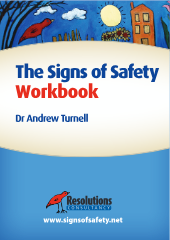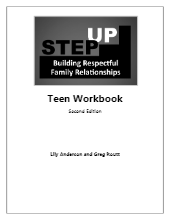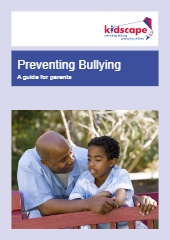 Signs of Safety Workbook
Signs of Safety Workbook
The Signs of Safety Workbook is a comprehensive and practical resource designed to support practitioners and supervisors in their implementation of the Signs of Safety approach. This hands-on workbook offers step-by-step guidance on using the assessment and planning framework, including tools such as the My Three Houses® tool, words and pictures explanations, and safety planning.
With the aim of enhancing child protection practices, the workbook provides numerous case examples throughout its pages, illustrating how the Signs of Safety approach can be applied in real-life situations. It covers important topics such as the Signs of Safety Mapping Process, which helps professionals assess and address areas of danger, safety, goals, and judgement.
The workbook also focuses on interviewing children in child protection cases, offering valuable insights and techniques for effective communication and information gathering. Furthermore, it emphasises the development of comprehensive safety plans to ensure the well-being and protection of children.
Overall, the Signs of Safety Workbook serves as a valuable tool for practitioners and supervisors, providing practical guidance and resources to enhance their practice and promote positive outcomes for children and families involved in child protection cases.
- Signs of Safety Mapping Process
- Danger, Safety, Goals, and Judgement
- Danger Statements, Safety Goals and Safety Scales Example
- Interviewing Children in Child Protection Cases
- Building Effective Safety Plans in Child Protection Casework
Safety Planning Workbook
The Safety Planning Workbook is a comprehensive and practical resource designed to assist professionals in creating effective safety plans for vulnerable children and families. With clear and detailed steps, case examples, and reference materials, this workbook provides a thorough understanding of the safety planning process.
The workbook begins with an introduction, setting the stage for the importance of safety planning in protecting children. It then delves into the 12 steps of safety planning, offering in-depth explanations and guidance for each step.
The inclusion of a detailed case example involving a complex situation helps professionals apply the concepts and steps to real-life scenarios. Additionally, the workbook explores the role of grandparents and extended family in safeguarding vulnerable children, emphasising the importance of a collaborative approach.
To enhance understanding, the workbook includes a Words and Pictures explanation, providing visual aids to support comprehension. It concludes with practical safety plans for situations involving an injured infant and alleged sexual abuse.
Overall, the Safety Planning Workbook equips professionals with the necessary knowledge and tools to develop effective safety plans that prioritise the well-being and protection of children and families.
- Introduction
- Steps in Safety Planning
- Safety Planning Case Example
- It Takes a Village: Placing Grandparents and Extended Family at the Centre of Safeguarding Vulnerable Children
- Example: Words and Pictures Explanation in an Injured Infant Case
- Example: Safety Plan in an Injured Infant Case
- Example: Safety Plan in a Sexual Abuse Case
- References









